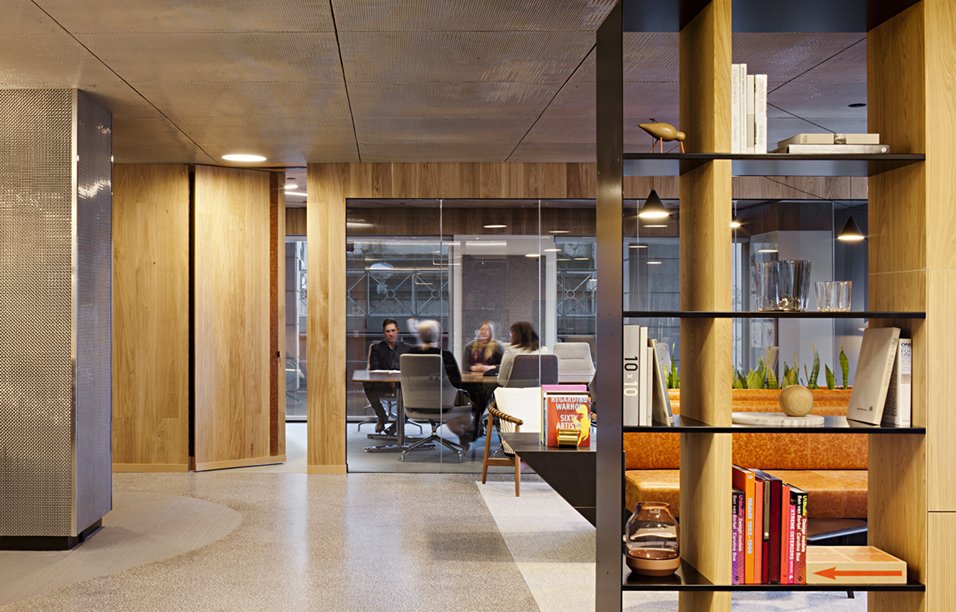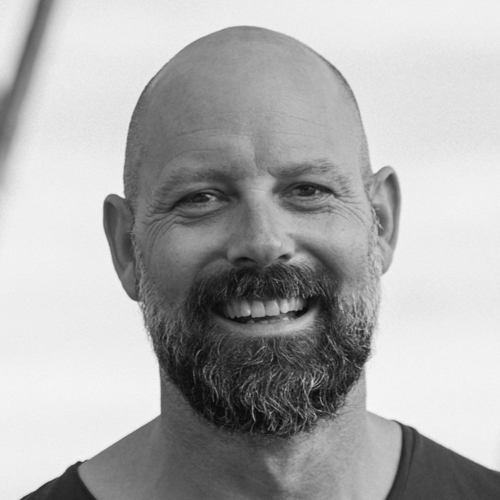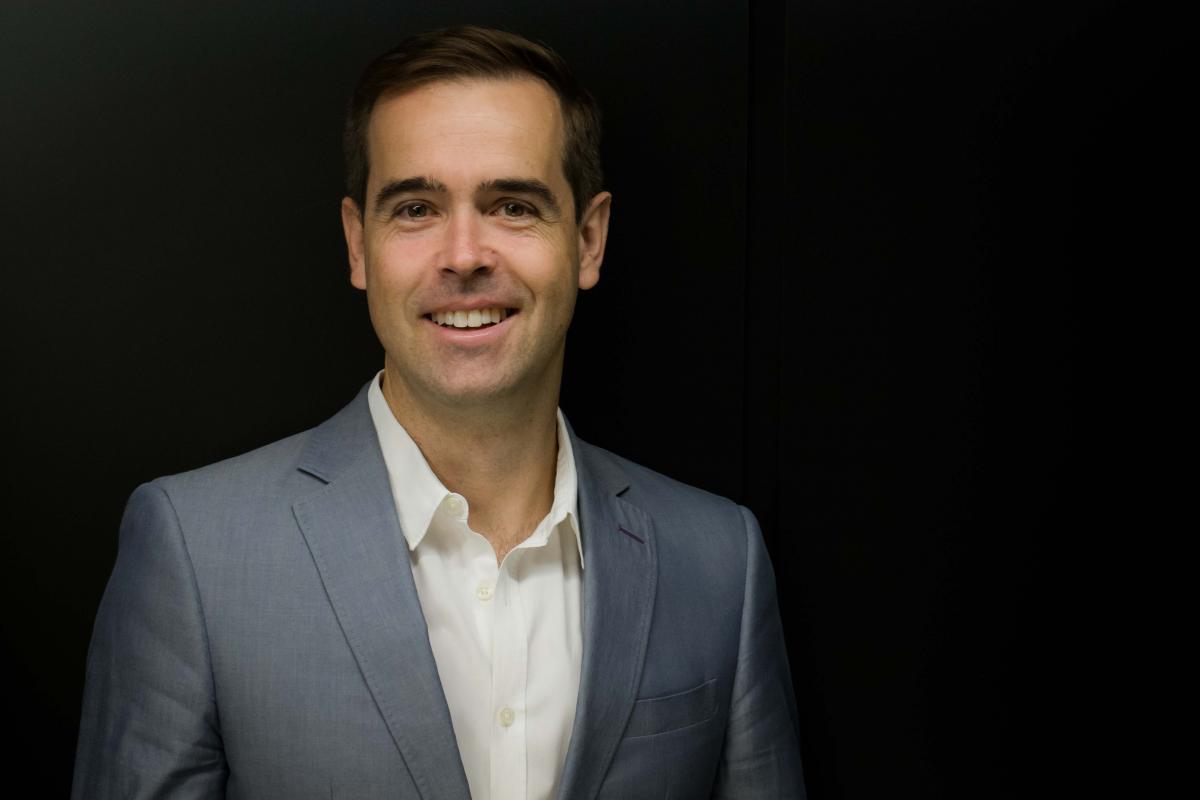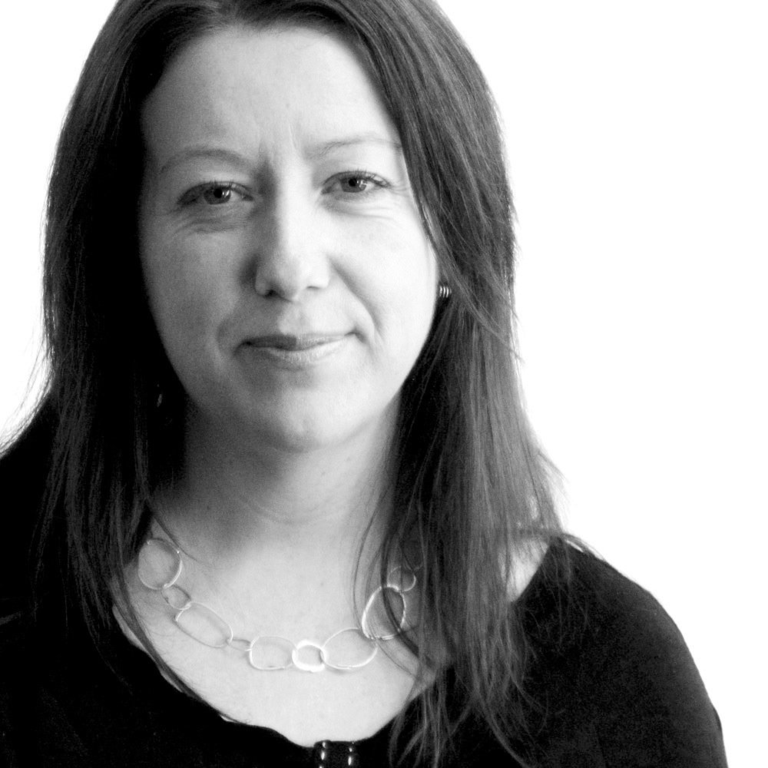
Distinctive cultural traits, progressive thinking about flat hierarchies, and an abundance of top talent have contributed to Australia becoming widely recognised as among the world leaders in workplace design. In separate interviews, three prominent Australian workplace architects share their views on the catalysts for this rapid ascendancy.
Bill Dowzer, Principal at BVN, is currently based in the Greater New York City Area. He has been involved in the design and direction of numerous award-winning projects ranging from public, educational, and cultural buildings to commercial work environments.
Amanda Stanaway, Principal at Woods Bagot Sydney, sits at the forefront of workplace design. A regular public speaker on the Future of Workplace, she has been instrumental in creating some of the most cutting-edge workplaces in Australia.
Simon Pole, Global Design Director at Unispace, has over 20 years’ experience leading complex projects throughout Europe, the Middle East, Asia and Australia that have enhanced workplace performance and ultimately changed the way businesses do business.
ON THE CONTEMPORARY AUSTRALIAN WORKPLACE
Amanda Stanaway: In terms of the workplace, Australia is the least conservative market we work in, led primarily from our work in the financial and technology sectors. This rapidly evolved from the initial work with Macquarie Group, which first introduced Activity Based Working to Australia in 2009 and changed both the hierarchical and open-plan office, and impacted a large amount of our market. Australia is such a small and high-performance market that optimising and enabling physical space have become increasingly important for all businesses.
Bill Dowzer: Workplace in Australia is sophisticated. What’s interesting internationally is that there is growing interest in what’s been happening in Australia. It’s not a straightforward move—I don’t think everything we do in Australia is instantly translatable. It needs a lot of adaption to the local market, especially in North America.
Simon Pole: While Australia is not known as the world’s leader in creativity, cuisine, or innovation, it’s a hotbed for workplace design with great clients looking to leverage their space. It’s an inferiority complex that keeps Australia’s senses sharp and a belief that we can never be as good as Europe or America. Then when one of us says we are, we chop their head off right away—tall poppy syndrome. We end up believing that to be successful, we have to leave Australia and go to Europe or America. As a designer who had that mentality, I spent 15 years overseas designing workplaces in the Northern hemisphere, and while the projects and budgets are bigger, I soon realised… it isn’t that good, and the clients aren’t imaginative when it comes to workstyles! [Topmost image: Unispace Melbourne office; photograph by Shannon McGrath]
WORKPLACE PHILOSOPHIES IN THE US AND UK

Bill Dowzer: In Australia, we’re used to being generalists. We’re used to having to adapt to many different sectors. What you find here in New York is that the big practices have specialists in each of those disciplines.
The tech sector has become the sexy, interesting one. People in other sectors will say that could happen in the tech sector but not in ours. It’s interesting when we show Americans a bank building like the ASB in Auckland, which fits into the technology not banking silo. Is their market ready to accept that yet?
Simon Pole: The UK design market is more sophisticated and always looked down its nose at the Antipodeans. In the 90s and 00s, the establishment was like, “Why do we want an Aussie in the room?” Now the tables have turned, and it’s globally recognised that most of the progressive workplaces in the world are Down Under. They’re now calling us saying: “We can use your experience and guidance.”
While the UK has Europe pollinating ideas and drawing influences, the US has a huge population, and bigger is not better. The US seems to be paralysed to move forward in any significant leap. On a recent tour, I spoke to 35 different legal firms, and the West Coast was waiting for the East Coast to do something different, and vice versa. I’d say we’re about two to five years ahead of London, 10 years ahead of Europe, and 10–15 years ahead of the US when it comes to legal workplace.
However, if it ain’t broke… right? The businesses that are most progressive are the global banks, especially from the UK like Barclays and HSBC. The traditional US banks are still relatively traditional.
Amanda Stanaway: The work that we do in the United States varies greatly from the East to the West coasts. The reality is there is still have a very hierarchical and traditional way of dealing with space, and they have yet to transfer to workspace space as a cultural differentiator. Some of the American workplace is homogenous, beige, and with “cubicles.” The spaces are designed to be the least offence rather than the “most inspirational” or for the “people” or for performance outcome.
On the West Coast, our clients are primarily technology companies—Twitter, Dropbox, and Google, for example, and these users drive a particular type of workplace. This is juxtaposed by the high-level, primarily financial work that we are doing In New York. MetLife in New York and Google on the West Coast… they’re just poles apart in terms of the type of buildings, workplace amenity, and their metrics.
THE REASONS BEHIND AUSTRALIA’S WORKPLACE EMERGENCE

Simon Pole: The fact that Australians are more accepting of the different ways of working is amazing. Maybe it’s our convict heritage or the wide open spaces, but we’ve had to adapt our workplace solutions and create something out of nothing. We don’t have the population or budgets—we’ve had to take risks. Culturally, we’re early adopters, which is why many new technologies and even films are released here first.
In terms of laws and policies, I’ve found Canada to be very similar to Australia. Compared to the US, it was always the little brother trying to punch above its weight. Australia takes a similar position to the rest of the world... always something to prove.
Amanda Stanaway: I believe the aggressive nature of our labour market, and our local businesses, have driven organisations to use the workplace as a vehicle to attract and retain talent.

I believe Australia has some of the most progressive thought patterns around work. We (as professionals) have found it much easier than the British and Americans to break hierarchy and barriers of workplace. It’s in our cultural DNA and comes from the fact that we, as a society and culture, don’t do hierarchy well: we like flat structure and empowerment.
I believe we have become skilled in understanding what the drivers of business are and how that plays into the physical workspace. If you authentically live what you sell—collaborative, connected, and transparent—you can create great spaces.
As designers, we have also been taught to be unique and to challenge. I think we have also always had a great global perspective, and the fact that most Australians work around the world provides great value to our industry. The challenge is that design now often looks the same, and how do we as workplace leaders legitimately maintain a “local” and distinct Australian Style.
Bill Dowzer: I think Australians are great second-stage adopters. We’re not necessarily the most innovative thinkers; we’ve borrowed a lot of our workplace knowledge from the Dutch and other people coming to our market.
Australians are very good at thinking globally and finding things. Then we adapt them really well. And it’s a small enough market that you can get to a tipping point more quickly.
Everything to do with the banking sector here in the US is difficult. You realise just how sophisticated Australia is in terms of retail banking and finance. Everyone here still cuts a cheque! It means the system has so many opportunities for disruption. There are opportunities for people to redesign parts of the system.
THE NEW WORKPLACE
Bill Dowzer: WeWork is absolutely a disruptor of architectural practice because they have a team of close to 90 in-house architects working on their spaces. They have employed architects from very different companies. WeWork has grown its staff from around 300 to 900 in one year. They change their designs based on data all the time. They are evolving and reiterating exceedingly quickly.
We’re looking at the whole coworking and flexible lease market. At the moment, we’re looking a brand-new, flexibly leased building in New Zealand. And we’re working with Liquidspace, a network for office space where startups and growing teams connect directly with real estate owners, on a new model for office occupation here in the US.
Amanda Stanaway: In the Australian market, we have really understood physical connection as fundamental to a great workplace. And we have designed the social space, ground plane, amenities, and placemaking critical to the workplace: by blurring the lines.
We have a really interesting culture in Australia. The banks and other big corporates have driven each other to “create” better workspaces and elevate what they offer their employees. I also believe developers are also slowing understanding what they can uniquely provide tenants and how they can legitimately contribute to the placemaking of our cities.
Simon Pole: While the financial industry has adopted ABW working as its own, you can’t ram a fully flexible, agile workplace down the throat of a tech or software development company because they work in a different way. “I want my space to be like Google’s” is the most overused brief we get and they [Google] have done a great job building a brand for their sales team. If this means that our clients want a creative and innovative space, then brilliant, but it shouldn’t be at the expense of efficiency and productivity supporting their core business.
There was a point in the 00s where there was just one model of ABW in its purest form. There are now many versions of it depending on where the clients are, what needs to be performed, what tasks their people are doing, and what outcomes they want. That’s when the term “ABW,” in the eyes of some, became bastardised into this agile workspace thing. Now, it’s become the norm and will remain that way for the foreseeable future. ![]()
This article was first published by Woodform Architectural. The original version can be viewed here.

